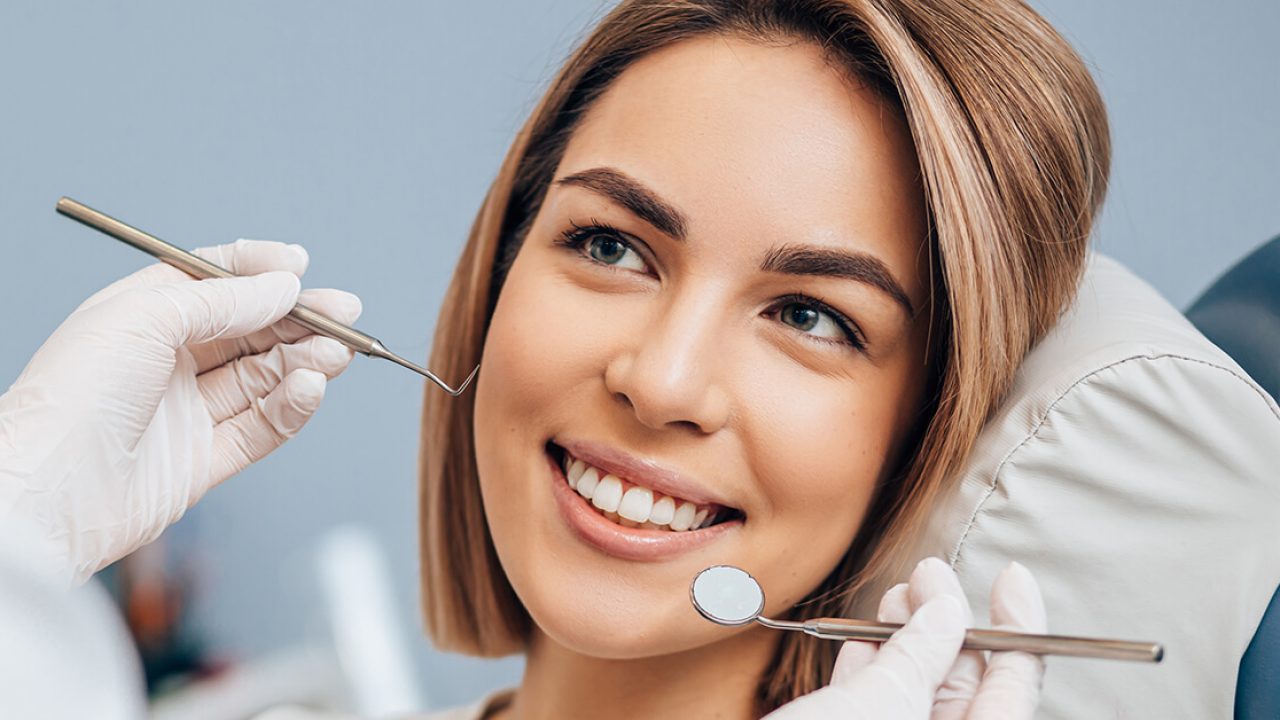What is Gum Recession?
Gum recession is a type of gum disease in which the gum tissue pulls away from the teeth. Exposing the roots beneath increases the vulnerability of your teeth to cavities. When brushing or eating, gum recession can make your teeth more sensitive. It can be a very painful and frustrating problem at times. It can also lead to more serious dental issues.
Gum Recession Treatment:
Patients with mild gum recession do not require treatment, and dentists generally advise on prevention and gum monitoring. There are several treatment options available for patients who require treatment:
- Desensitizing agents, varnishes, and dentin bonding agents: To reduce the sensitivity of exposed tooth roots, desensitizing agents, varnishes, and dentin bonding agents are frequently used. These products can also help to maintain oral hygiene by making it easier to brush sensitive teeth. They may not, however, be effective in treating all cases of gum recession.
- Pink porcelain or composite: Another popular material for treating gum recession is pink porcelain or composite. It’s the same pink as the gums. It can be used to fill in gaps left by receding gums. Pink porcelain or composite, on the other hand, is not always used to treat gum recession.
- Removable gum veneers: These are typically made of acrylic or silicone and artificially replace a large area of missing gum. Gum veneers, on the other hand, can be uncomfortable to wear.
- Orthodontic treatment: Orthodontic treatments gradually shift the position of the teeth over time. This repositioning corrects the gum margin and makes cleaning your teeth easier.
- Surgery: A dental surgeon grafts tissue from another area of the mouth onto the gum recession, and the tissue heals over the recession. Surgery is usually only required to treat severely receding gums.
- Gingival grafting: It is a procedure in which gum tissue is removed from another area of the mouth and transplanted to the gum line. Gingival grafting can help to conceal exposed roots and improve the overall appearance of your smile.
How can a Gum Recession be avoided?
You are not alone in being concerned about gum recession. Many people experience gum recession at some point in their lives.
Simple tips, on the other hand, can reduce your risk of infection-related gum recession and keep your teeth and gums healthy. Here are three of the best ways to avoid gum recession:
Tip 1: Brush your teeth thoroughly twice a day.
Brushing your teeth is one of the most important things you can do to prevent gum recession. Brush your teeth for two minutes at least twice a day with a soft-bristled toothbrush. You should also floss once per day and use antimicrobial mouthwash twice per day.
Tip 2: Avoid smoking and chewing tobacco.
Both smoking and chewing tobacco are risk factors for gum recession. Quitting smoking and chewing tobacco is one of the best things you can do for your gum health.
Tip 3: If you notice any signs of gum recession, consult your dentist.
If you notice any signs of gum recession, such as bleeding gums or receding gum lines, contact your dentist right away. Early treatment can aid in the prevention of further gum recession.
- If you have gum recession and want to prevent it, you should consult with a dentist. Partha Dental will assist you in determining the best course of action for preventing gum recession and maintaining the health of your smile. So, if you are concerned about gum recession, please contact us right away!




